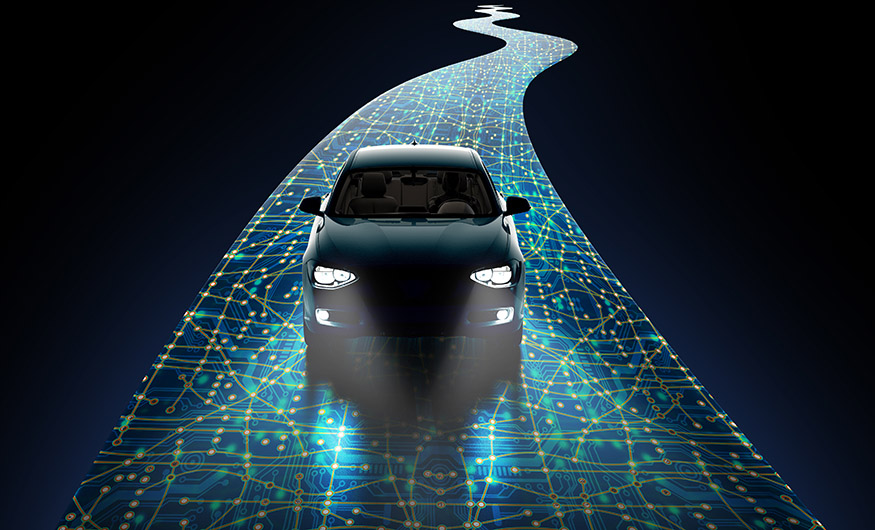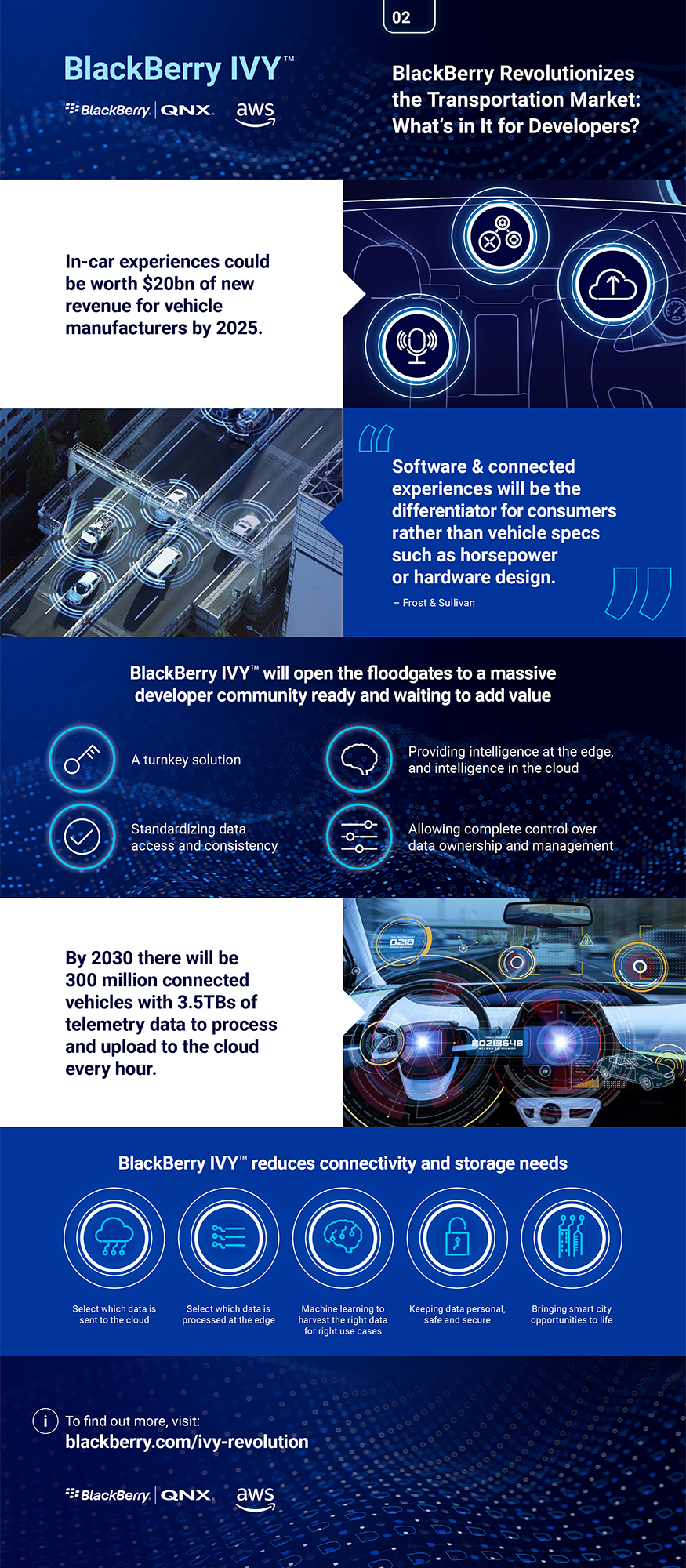As automakers work to develop next-generation CASE (connected, autonomous, shared, electric) and other new software-defined vehicles, they find themselves facing new design challenges. Visions of exciting advances–everything from biometric authentication and driver fatigue safety checks performed via vision-tracking sensors, to virtual reality (VR) infotainment, in-car shopping, and driverless parking and charging – are tantalizing to consumers, but delivering such capabilities in safe, secure, affordable and efficient production models is easier said than done.
A looming challenge for automakers and Tier One suppliers is the complexity of managing and efficiently utilizing the data required to develop these features, and then to maintain and operate them at scale. Investments made by many OEMs to hire more software engineers is a mark of their growing importance within these organizations. Tasked with designing and building software while also addressing issues around maintaining development data, these engineers can place greater focus on developing software to deliver new in-vehicle features when they are not mired with data management issues.
A report by analyst firm Frost & Sullivan shows that, as automakers shift to spending more of their budgets on developing and refining software—rather than traditional engineering-related upgrades like increased horsepower, hardware design or other consumer add-ons–their software investments can be maximized by leveraging underlying platforms that reduce complexity for developers, allowing them to reduce risk and cost.
Overcoming Legacy Software Development Challenges
Previous generations of software for automakers had to be tightly coupled with each vehicle’s unique hardware platform and device OS (operating system) environment. In contrast, developers of electric, connected, or autonomous vehicles need intelligent platforms that enable them to build different software stacks that will differentiate their vehicles from competitors, but at the same time, are able run on the broadest possible range of vehicle hardware and software environments.
Those that succeed will be well positioned to create in-car experiences that can capture a sizable portion of the market, which may be worth $20B of new vehicle revenue for automotive manufacturers by 2025, according to Frost & Sullivan. This value is projected to grow to as much as $215B by 2027.
Consider the seemingly simple task of building a software component that detects the current location of your vehicle. In the past, this would have required writing custom code to ingest and normalize disparate real-time data generated in unique formats ranging from Engine Control Unit (ECU) sensor networks and GPS chips. Data from a proprietary Wi-Fi system might also have been needed to locate the vehicle when it’s under or inside a structure – a typical GPS signal pinging off a satellite might be disrupted by walls of concrete, for example, in a multi-story parking lot, or in the owner’s garage.
Additional coding would also be required to ensure component outputs were transmitted and formatted correctly for the automaker’s vehicle-specific engineering and control systems. Finally, instrumentation would be required to collect component outputs in log files for ongoing monitoring, performance testing, and safety certification. The entire process might then have to be repeated whenever the client modified any aspect of the underlying vehicle environment.
Using an automotive platform such as BlackBerry IVY™, however, shields developers from much of the underlying complexity inherent in this scenario. All the required data collection and processing can be instantiated with a few lines of reusable cross-platform code.
How BlackBerry IVY Simplifies and Streamlines the Development Process
Among other benefits, BlackBerry IVY enables developers to:
Safely access, normalize, and process vehicle sensor data via a set of consistent in-vehicle application programming interfaces (APIs)
Derive key insights by processing data using machine learning (ML) and similar powerful algorithms
Leverage the abstraction layer in BlackBerry IVY middleware to write code that is vehicle-, platform-, and OS-agnostic
Write code once and deploy everywhere – reducing costs and producing fresh opportunities to win new customers and enter new markets
Build compelling solutions without needing specialized skills in embedded or automotive software development
The Road Ahead
By 2030, there will be an anticipated 300 million connected vehicles, generating 3.5TBs of telemetry data to process and upload to the cloud every hour. That is a staggering amount of data. Developers who take advantage of BlackBerry IVY now can leverage a solution that standardizes data access and applies intelligence at the edge and in the cloud–essentially offering complete control over data ownership and management.
The ecosystem of Tier One developers and software supply chain is fundamentally changing the automotive industry with the creation of powerful in-vehicle innovations for drivers and passengers. Tools that conserve resources and accelerate time-to-market can give developers, and the automakers they work for, a competitive edge. BlackBerry IVY offers significant value for automakers, OEMs, and suppliers by boosting the productivity of developers, and reducing the costs and complexity of delivering on the many expectations of tomorrow’s vehicles.
To learn how your organization’s software development goals can benefit from BlackBerry IVY, check out the infographic below and read the Frost & Sullivan report that names BlackBerry IVY as an industry leading edge-to-cloud software platform for automakers and smart cities.


